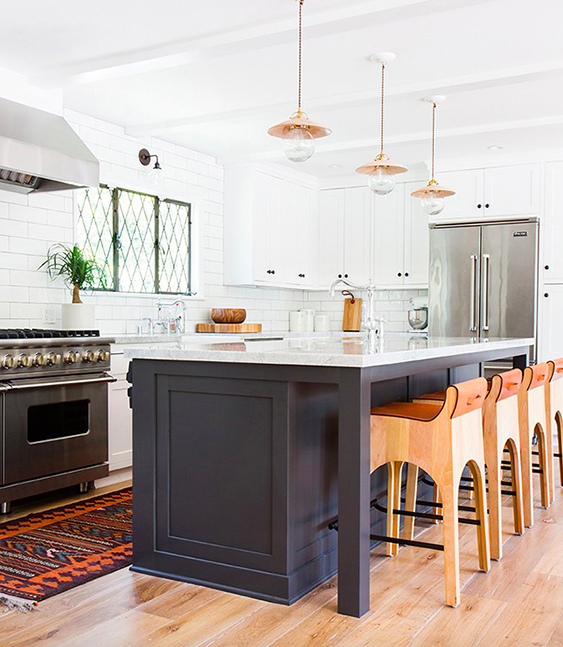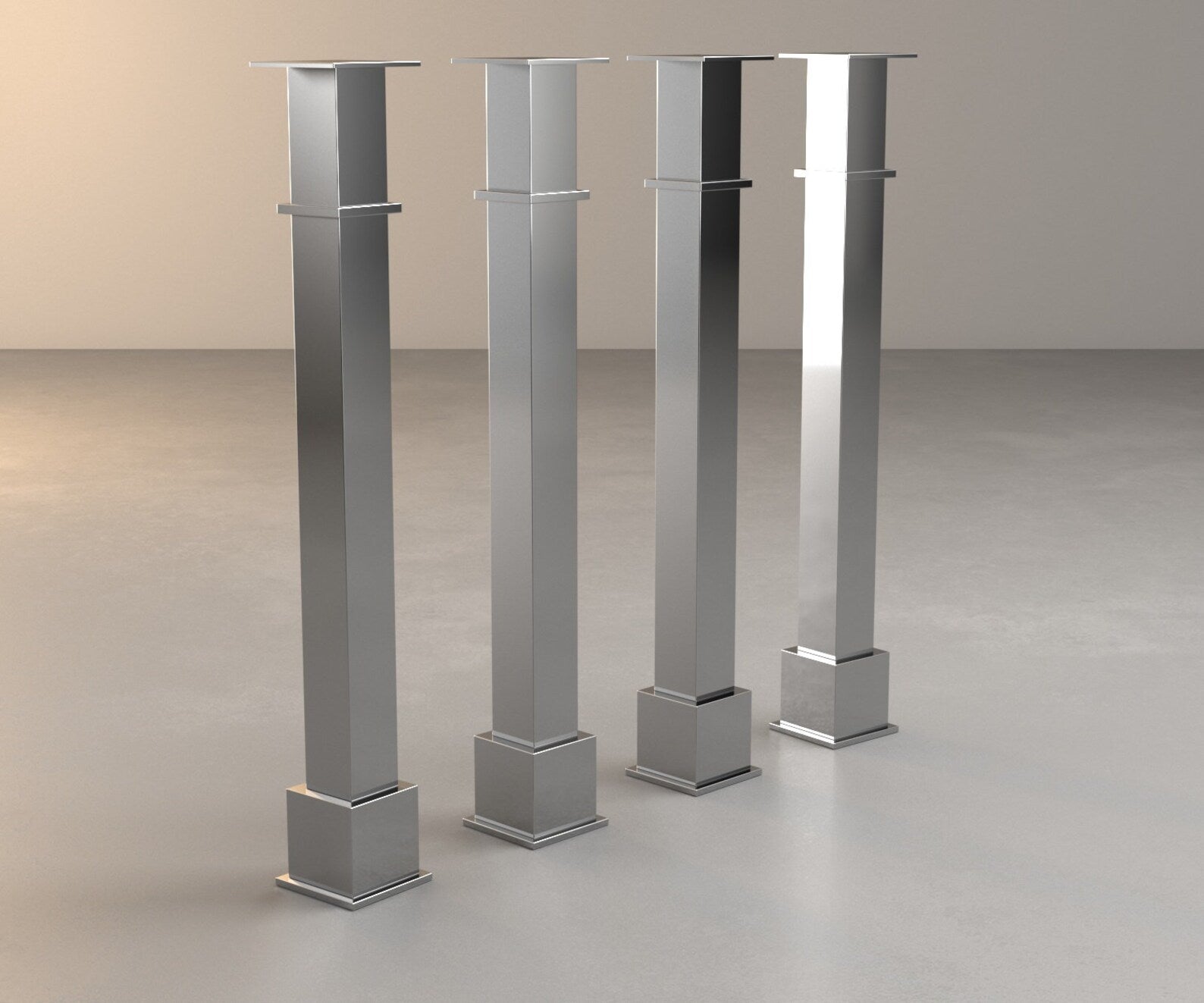Crucial Tips for Picking the Perfect Eating Table for Your Kitchen Area
Selecting the ideal dining table for your kitchen area is more than simply a matter of preference; it demands a thorough understanding of your space and requirements. The form of the table plays a crucial duty; while rectangular tables match bigger locations, round ones foster affection, and extendable options provide versatility. The table should harmonize with your kitchen area's visual appeals and accommodate your household pleasantly.
Measure Your Space
Choosing the optimal dining table starts with a precise assessment of your readily available space. This foundational step guarantees that the table not only fits pleasantly within the room yet additionally complements the overall design and capability of your dining location.
Consider the flow of activity around the table. It is necessary to leave ample area for chairs to be drawn out and for people to relocate around the table without blockage. A general general rule is to allow a minimum of 36 inches of clearance from the side of the table to the local wall surface or furniture piece. This guarantees convenience of gain access to and convenience throughout dishes.
Additionally, think of the number of individuals you generally delight and whether you need additional area for visitors. Going with an extendable table can give versatility, enabling you to suit varying numbers of diners. By accurately gauging your space, you lay the groundwork for picking a table that enhances both the visual appeals and functionality of your dining location.
Select the Right Forming

On the other hand, round tables are superb for smaller sized kitchens or intimate celebrations, as they advertise discussion by allowing everyone to deal with each other. They additionally provide a feeling of coziness and can fit well in tighter spaces due to their absence of sharp corners. Oval tables use the very best of both globes, integrating the size of rectangle-shaped tables with the intimacy of round ones, making them versatile for different setups.
Square tables are an additional choice, specifically suited for square-shaped rooms. They create a balanced and contemporary appearance, fostering an equivalent dining experience for all seated. Nonetheless, they may be less useful for larger gatherings unless they come with expansions. Inevitably, the shape you pick ought to align with your space dimensions and way of living to make sure both type and function.
Product Factors To Consider
When selecting an eating table, material considerations are extremely important in identifying the table's durability, upkeep demands, and total aesthetic. Wood is a classic choice, using ageless charm and effectiveness. Hardwoods like walnut, oak, and mahogany are specifically resilient, though they can be costly. kitchen island legs. Softwoods, such as want, are extra budget-friendly however might be vulnerable to damages and scratches.
Glass-topped tables offer a contemporary, sleek look and can make an area appear larger because of their openness. They need constant cleaning to protect against spots and fingerprints. Additionally, solidified glass is advised for its added strength and safety.

Finally, composite materials like MDF (Medium-Density Fiberboard) or plywood are budget-friendly choices. These products can mimic the look of strong timber but might not use the exact same longevity. They are typically simpler to clean however can be susceptible to water damages otherwise effectively sealed.
Ultimately, the selection of material must straighten with your kitchen's design, your way of life needs, and your budget constraints. (kitchen island legs)
Seating Capability and Convenience
How do you figure out the ideal seating capacity and comfort for your dining table? This important action involves evaluating both the physical room readily available in your kitchen and your family's useful demands. Begin by determining your kitchen area to make sure the table fits pleasantly, check over here permitting at least 36 inches of clearance around it for very easy activity. Take into consideration the number of individuals who commonly eat together, as this will certainly influence the table dimension. For a family of four, a rectangular table of 48 inches long or a round table with a 48-inch size is typically adequate.
The elevation of the table ought to ideally be around 30 inches, supplying a well balanced ergonomic position for seated restaurants. Chairs must have a seat height of 18 to 20 inches to guarantee a comfy dining pose.
Design and Appearance
Picking a table that fits your design and visual appeal entails stabilizing individual preference with the existing style of your dining room. The dining table is commonly the centerpiece of the kitchen, and its style must complement the overall style of the area. Whether your kitchen area flaunts a modern-day, minimalist appearance or a rustic, farmhouse charm, the table you pick ought to integrate with these elements to produce a cohesive and welcoming environment.
Take into consideration materials very carefully; timber supplies a classic allure and can range from rich mahogany for a typical seek to lighter oak for a contemporary feeling. Steel and glass tables, on the other hand, can present a streamlined, industrial side to your cooking area. Do not overlook the table's shape-- rectangle-shaped tables are functional and classic, while round and oval choices can cultivate an extra intimate dining experience.
Furthermore, pay attention to information and finishes. A troubled coating might include character and warmth, whereas a glossy surface area can add to a tidy, contemporary visual. Inevitably, your table ought to not just healthy effortlessly right into your kitchen area's design but also mirror your individual design, raising the room both functionally and aesthetically.
Final Thought
Finally, choosing the perfect eating table for a kitchen requires cautious evaluation of find out this here area, shape, material, seating capability, and aesthetic consistency. Making sure a minimal clearance of 36 inches facilitates comfortable activity, while the option of form enhances spatial dynamics. Material choice influences durability and design, making it important to straighten with the cooking area's overall aesthetic. Inevitably, an appropriate dining table fosters an inviting environment and accommodates the family comfortably, hence boosting the dining experience.

When selecting an eating table, product factors to consider are paramount in determining the table's sturdiness, maintenance demands, and general visual. For a household of four, a rectangle-shaped table of 48 inches long or a round table with a 48-inch size is generally sufficient.
Do not forget the table's form-- rectangle-shaped tables are functional and timeless, my blog while round and oblong choices can promote an extra intimate dining experience. kitchen island legs.